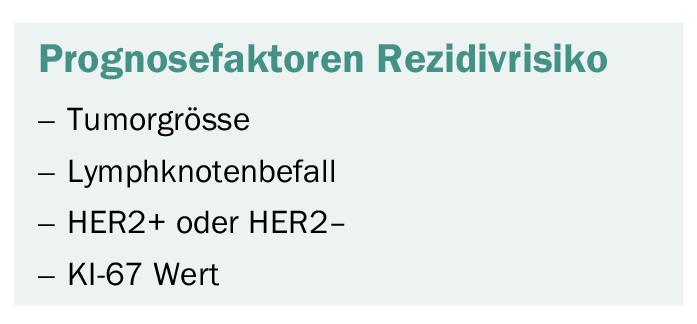Premenopausal women who require antihormone therapy should be treated with tamoxifen only if they are at low risk. Otherwise, bringing forward the menopause is obligatory.
The question was addressed whether a distinction should be made in premenopausal women with regard to the preparations, or whether all therapy options can be used equally. Tamoxifen, aromatase inhibitors, GnRH analogues and fulvestran are available. The basis of the therapy decision is risk stratification.
In principle, any woman with a hormone receptor positive tumor should receive anti-hormonal treatment. In pre-menopausal women at low risk, the administration of tamoxifen is generally sufficient. However, women under 35 years of age should be menopausal – even with good tumor biology. Results of two studies indicate that in this case a combination of GnRH analogue and aromatase inhibitor may be beneficial. This approach applies all the more to women at high risk who have already undergone chemotherapy.

Therapy duration at least five years
The question about the duration of such therapy was stated as “at least five years”. For women with a low risk of relapse, treatment for five years is usually sufficient. Patients, on the other hand, who already have a very high risk of recurrence at the start of therapy should be treated for twice that period, i.e. ten years, if possible. However, the main thing is and remains that endocrine therapy is performed at all.
Source: Congress St. Gallen International Breast Cancer Conference 2019
InFo ONCOLOGY & HEMATOLOGY 2019; 7(2-3): 38 (published 6/21/19, ahead of print).











